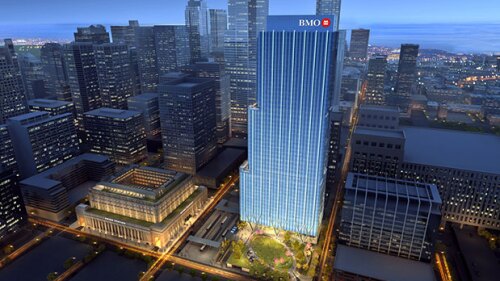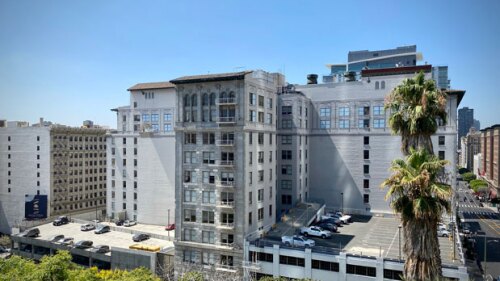Office
At the 2021 ULI Fall Meeting in Chicago, attendees will have the chance to tour two new office towers and hear from their development teams about the measures taken to adapt to the new circumstances.
As attention turns to what real estate markets may be like once the COVID-19 pandemic has wound down, the outlook for office properties is particularly hazy. More than a year of home-based work left office spaces idle, and it remains unknown how many people will resume their daily commutes once health conditions and local regulations permit.
Will the COVID-19 pandemic bring about the end of the viability of open-plan office space? Panelists speaking during a recent ULI Asia Pacific webinar concluded that flexibility, technology, variety, and health would be the key concepts bringing companies and key employees back to offices.
Despite the office sector’s current bleak outlook, the longer-term outlook is much rosier, speakers said at the ULI Virtual Fall Meeting.
Agile workplaces, equipped with the right technology to accommodate remote and in-person employees, and with equitable access to work-supporting resources, are likely to emerge in the pandemic’s aftermath, said experts from Zendesk, Gensler, and LinkedIn.
Culture, amenities, and locale are vitally important in drawing in today’s modern workforce, but COVID-19 is throwing a wrench into project planning. ULI Virtual Fall Meeting panelists discussed their projects, the idea of tech campuses, urban planning, and placemaking, comparing approaches and offering lessons learned from their projects.
Office workers across the Asia Pacific region are returning to the office at varying paces, taking into consideration government directives and company policies. Though the permanent impact of remote working remains to be seen, landlords will need to innovate and adapt to a changed environment, said participants in ULI Asia Pacific’s latest FutuRE of Cities and Communities webinar.
Greening the workplace beyond the existing building code requirements requires both tenants and owners to prioritize investing in and tracking sustainability. Two panels of experts, one composed of tenant representatives and the other of property owner representatives, discussed their challenges and solutions at “Beyond Code for a Greener Bay Area: Owner and Tenant Solutions for Sustainable Buildouts,” an event organized by ULI San Francisco and ULI’s Tenant Energy Optimization Program.
A technology expert speaking at ULI Europe’s Real Estate Forum in Copenhagen in June described the evolving best practices for using sensors to enhance building management and tenant satisfaction.
The evolution of the workplace is being driven by changing demands and the power of big data, said speakers representing developers, designers, futurists, and millennials at the 2019 ULI Asia Pacific Summit in Shanghai.






